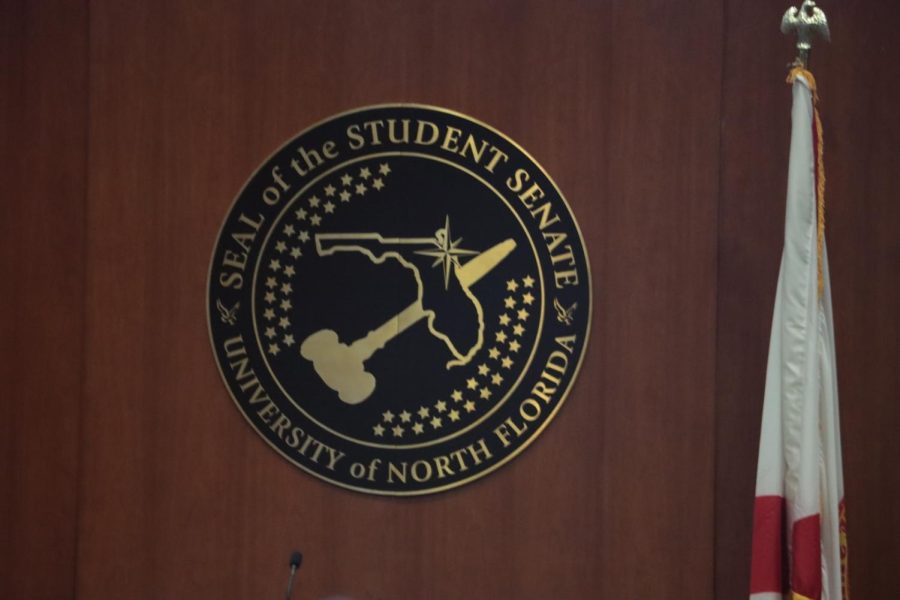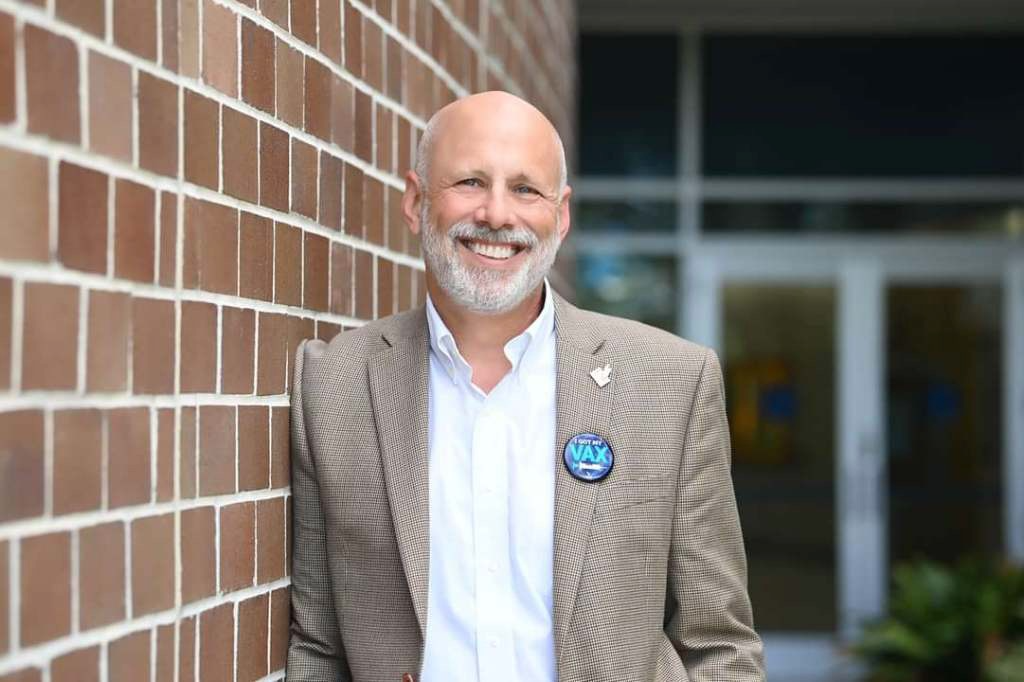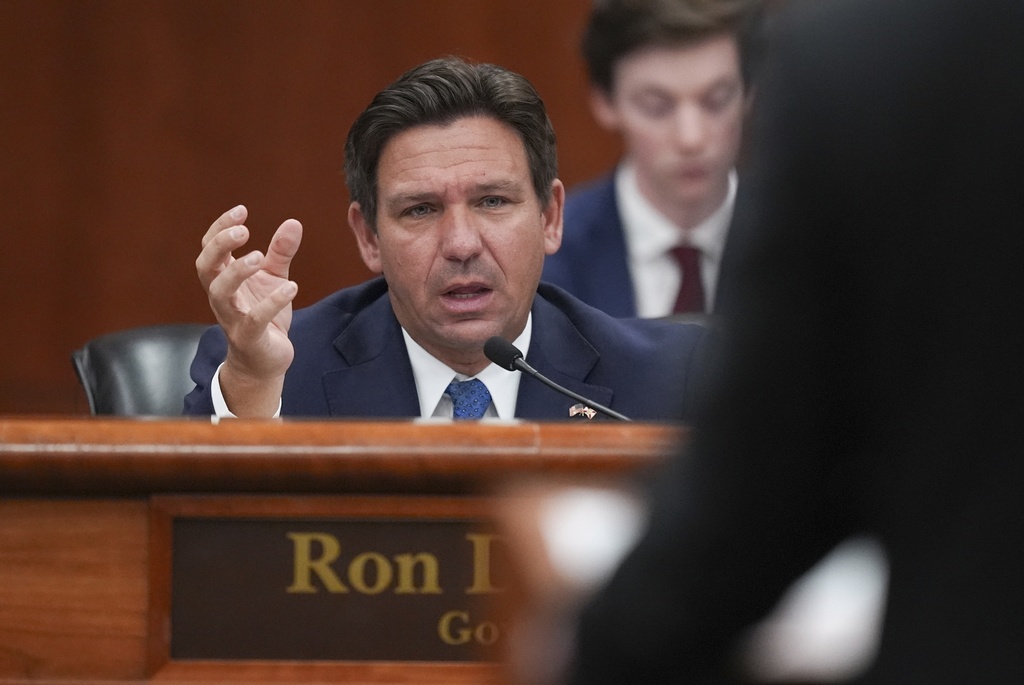It goes without saying that food is one of the most vital parts of life. Moreover, access to food is incredibly crucial to sustaining a healthy and thriving population. However, due to the recent turmoil stemming from the Ukrainian-Russian war and supply chain issues exacerbated by COVID-19, the world is facing one of the worst global food shortages in decades. If something isn’t done quickly, we could witness calamity at astonishing levels.
Despite several countries facing food shortages and famines, there is enough food to go around. However, the problem is rooted in transporting goods to various countries. Much of the world’s wheat comes from Ukraine, but because of the war, Russia has blocked several shipments of grain that would typically pass through the Black Sea. Moreover, some of Ukraine’s biggest customers in the Middle East and Africa are already facing levels of social unrest.
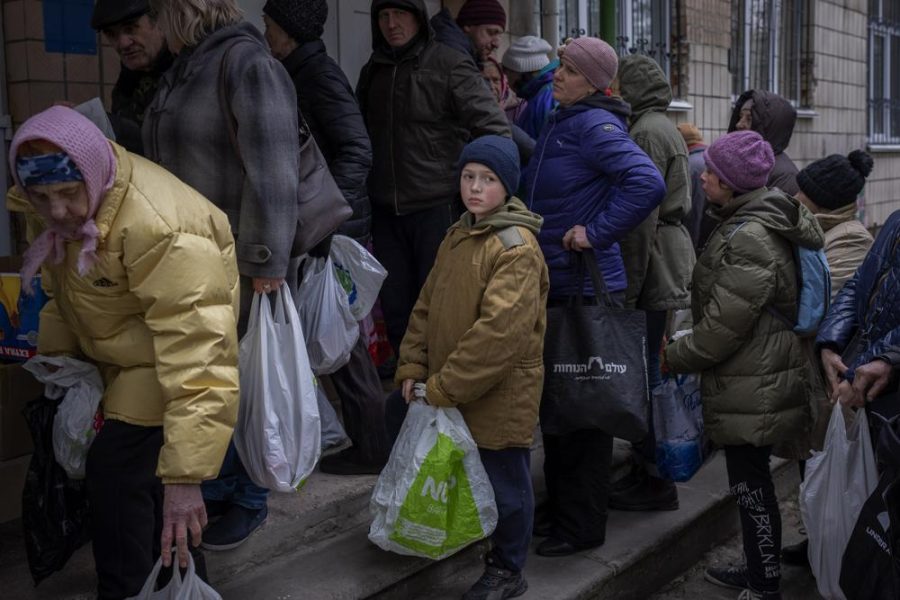
Recently, Biden called for America to increase its wheat exports in an attempt to curb the global food shortage. However, this is easier said than done. America, like much of the world, is facing climate change problems that have made producing wheat difficult for many reasons, including rain patterns, droughts and heat waves.
America is also facing the issue of food insecurity itself. According to University of North Florida (UNF) health professor Dr. Lauri Wright, one of the main contributors to food insecurity is poverty. To make matters worse, poverty is now being accompanied by inflation.
“The food prices, gas prices have just gone through the roof,” said Wright. “So there were some people that were on the line anyway before the inflation hits, and now they’re really having to make choices between paying their rent or paying for food.”
Along with Wright, I reached out to professors Jenifer Ross and Meghan Niemczyk to talk about the crisis. Ross stated that “food prices have “gone up 10% in the last year”. This is a problem for many Americans, especially those who rely on government assistance.
“If someone receives SNAP benefits, which is the Supplemental Nutrition Assistance Program, from the government…if they receive SNAP benefits that get evaluated every October […] they get a set dollar amount based on an October number,” said Niemczyk. “But since October, surprise, pricing, in general, has gone up so much that they are basically [having] to make do with less [than] they had before.”
Inflation and poverty, when combined, create a terrible cycle in which the impoverished struggle to catch up to an economy that is steadily increasing its prices.
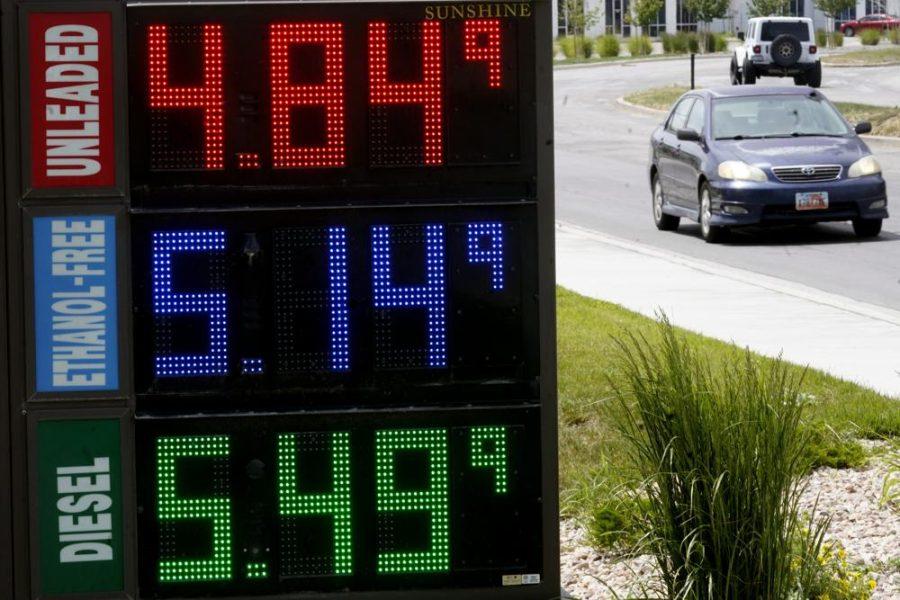
Despite its importance, prices aren’t the only issue in America’s food security problem. Earlier, I mentioned transportation as an issue causing the global food shortage. This is also the case in America. However, in America, the issue is not transporting the food but the people.
“So you know, when you talk about access, it could be not living near grocery stores or not being able to get there because of transportation insecurity. We also see a lot of seniors who might be homebound. So that makes it challenging for them to get adequate nutrition as well”, said Ross.
According to Wright, these issues were worsened by the pandemic. “Other factors that contribute[d], of course, [were] during the pandemic, when people were in lockdown and things, and they couldn’t get out to get food with elderly individuals, you know, they can have physical limitations that make it hard to get to the grocery store or prepare food,” Wright remarked.
Seniors, children and veterans are heavily affected by food insecurity. However, college students also face this problem at an unsettling percentage. When discussing the issue, Wright stated, “that has been…something that was accepted, oh, you’re just a poor college student, and you live on ramen noodles. Now that that’s becoming, you know, even greater.” She continued, “it’s estimated that about 38% of students in community colleges are food insecure, and 29% at four-year universities are food insecure.”
Food and nutrition are a major part of students’ ability to focus and, if not properly supplied, can cause poor grades contributing to not just physical health but mental health as well. Niemczyk highlighted that “Many are working and/or have children/family members they are caring for which in turn adds to the stressors in their lives.”
While the global food shortage is still being addressed by international organizations, the local crisis is being addressed by groups like Feeding America and Lend-A-Wing. One of the biggest benefits of donating to these organizations is something Wright refers to as “purchasing power.”
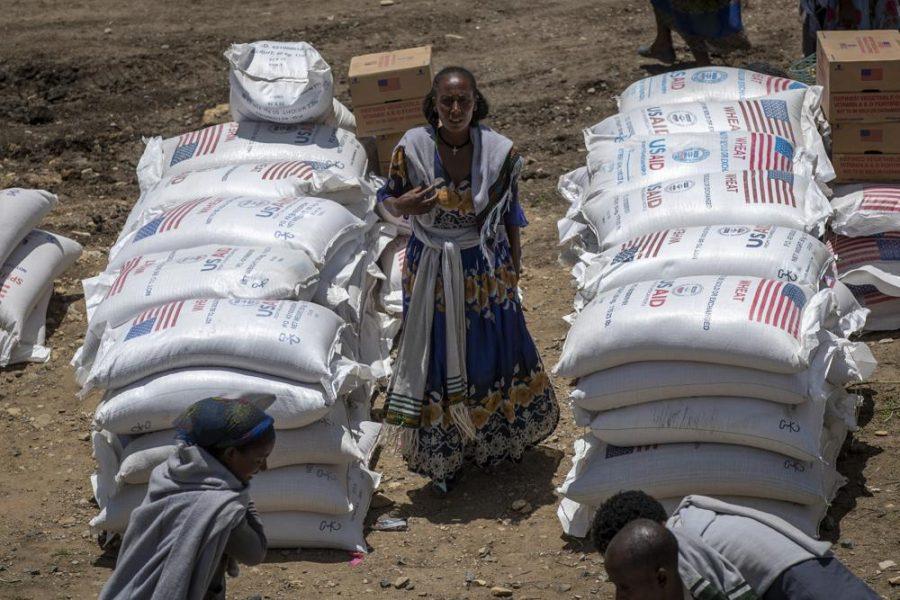
“If someone donates say $10, Feeding America, their purchasing power and discount, can actually, you know, close to double or triple the power of that $10”, said Wright. “So, I really encourage people to think about, you know, what you would normally pay for the food and just use that monetary amount to like a Feeding America.”
Feeding America can obtain food from grocery stores and farms at much better prices than the average consumer, and close to 50% of their food is fresh produce. Moreover, they have affiliates here in Jacksonville. One affiliate, Lend-A-Wing, is located on UNF’s campus. This is important for students because, as Niemczyk put it, “You can eat far healthier and on a budget if you are able to cook for yourself” and “can also tailor the food to your preferences.”
When talking to Ross and Niemczyk, they mentioned another on-campus charity, Meals on Wings. The agency works to bring access to nutrition to those who are unable to access it regularly. It is their mission to “eliminate barriers in order to improve food access and nutritional health in the local and global community.”
Niemczyk let me know that “UNF students from any department on campus can come over and join us.” An important part of stopping the food shortage is found in volunteer efforts.
If you’d like to volunteer with UNF’s Meals on Wings, they can be reached at cnfs@unf.edu.
___
For more information or news tips, or if you see an error in this story or have any compliments or concerns, contact editor@unfspinnaker.com.





